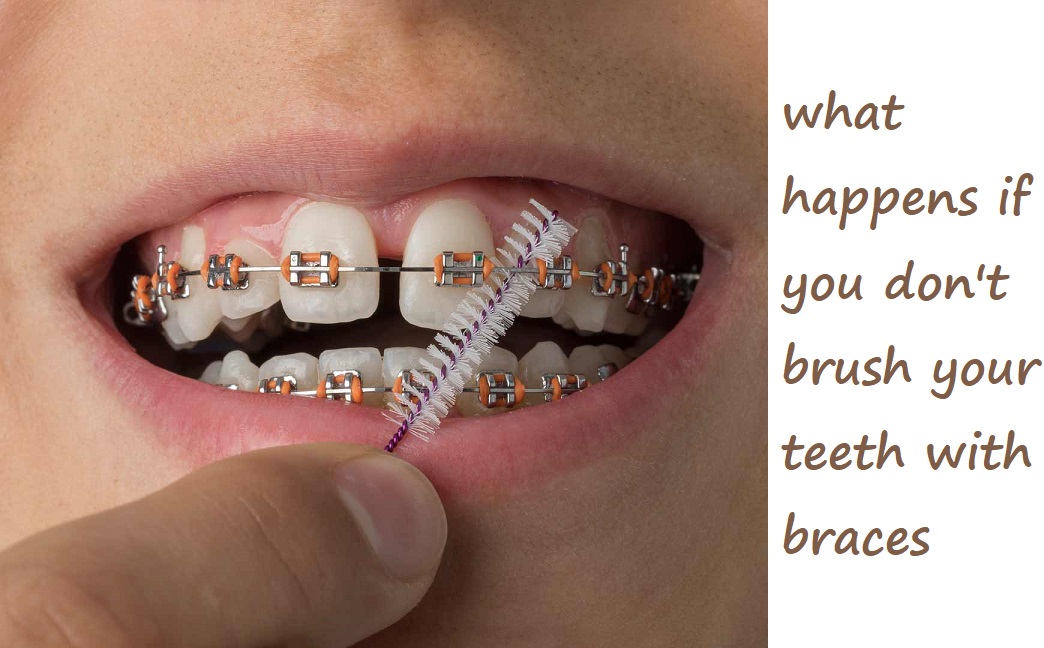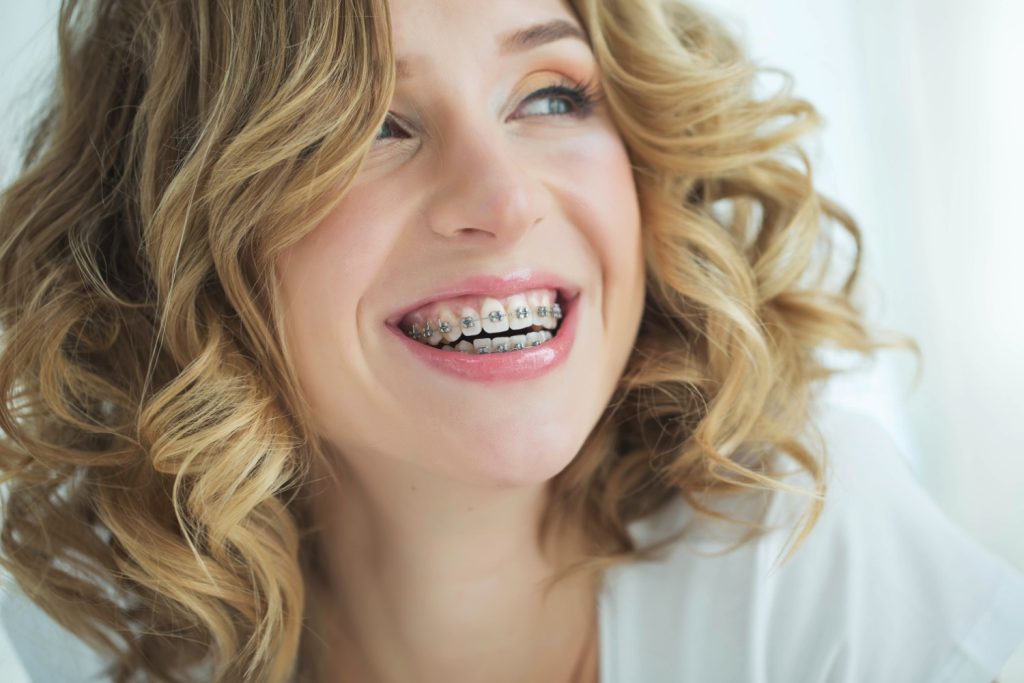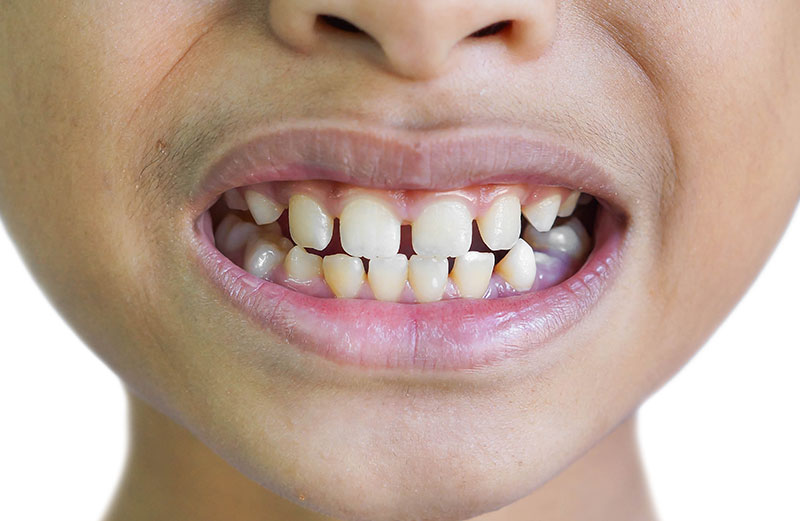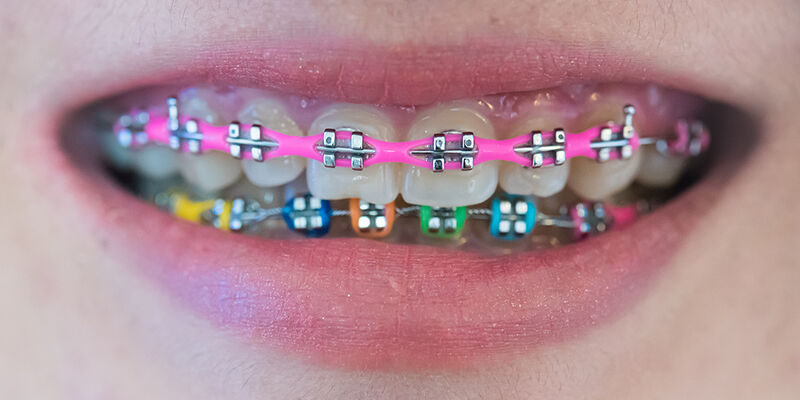What happens if you don’t brush your teeth with braces

Proper oral hygiene is crucial for everyone, but it becomes even more important if you have braces. Neglecting to brush your teeth while wearing braces can lead to a variety of dental problems that can affect not only your oral health but also the outcome of your orthodontic treatment. In this comprehensive guide, we will explore what happens if you don’t brush your teeth with braces, the specific problems that can arise, and the importance of maintaining good oral hygiene throughout your orthodontic journey.
The Importance of Brushing with Braces
Braces create additional nooks and crannies where food particles and plaque can accumulate. Without diligent brushing, these areas become breeding grounds for bacteria, leading to a host of dental issues. Let’s delve into the specific consequences of not brushing your teeth with braces.
1. Plaque and Tartar Buildup
Plaque is a sticky film of bacteria that forms on your teeth and gums. If not removed through regular brushing, plaque can harden into tartar, which is much more difficult to remove and can only be cleaned by a dental professional.
Consequences of Plaque and Tartar Buildup:
- Cavities: The bacteria in plaque produce acids that can erode tooth enamel, leading to cavities.
- Gum Disease: Plaque buildup along the gumline can cause gingivitis, the early stage of gum disease. If left untreated, it can progress to periodontitis, a more severe form of gum disease that can damage the supporting structures of the teeth.
- Bad Breath: Accumulated plaque and tartar contribute to halitosis (bad breath).
2. White Spots and Tooth Decay
One of the most common issues faced by individuals with braces is the development of white spots on their teeth. These white spots are areas of demineralization caused by prolonged exposure to plaque and bacteria.
Consequences of White Spots:
- Aesthetic Concerns: White spots can be very noticeable once the braces are removed, affecting the appearance of your smile.
- Tooth Decay: If the demineralization progresses, it can lead to cavities and tooth decay.
3. Gum Disease
Poor oral hygiene with braces can lead to gum disease, which manifests in two main stages: gingivitis and periodontitis.
Gingivitis:
- Symptoms: Red, swollen, and bleeding gums.
- Reversibility: Gingivitis is reversible with improved oral hygiene and professional dental cleanings.
Periodontitis:
- Symptoms: Severe gum inflammation, receding gums, and bone loss around the teeth.
- Irreversibility: Periodontitis is more severe and can cause irreversible damage, leading to tooth loss if not managed properly.
4. Prolonged Orthodontic Treatment
Failing to brush your teeth properly can lead to dental problems that may extend the duration of your orthodontic treatment. Dental issues like cavities and gum disease might necessitate additional treatments and delays in the planned orthodontic adjustments.
5. Poor Treatment Outcomes
The ultimate goal of orthodontic treatment is to achieve a healthy, beautiful smile. However, neglecting oral hygiene can compromise the final results. Dental problems such as cavities, white spots, and gum disease can affect the alignment and health of your teeth, undermining the benefits of wearing braces.
Maintaining Good Oral Hygiene with Braces
Now that we understand the potential consequences of not brushing your teeth with braces, let’s look at how to maintain good oral hygiene during your orthodontic treatment.
1. Brushing Techniques
Use the Right Toothbrush:
- Orthodontic Toothbrush: These have V-shaped bristles designed to clean around braces.
- Electric Toothbrush: Many orthodontists recommend electric toothbrushes for their efficiency in removing plaque.
Brushing Steps:
- Rinse: Start by rinsing your mouth with water to dislodge any loose food particles.
- Angle Your Brush: Hold your toothbrush at a 45-degree angle to the gumline.
- Brush Around Braces: Gently brush around the brackets and wires, ensuring you clean all surfaces.
- Brush Each Tooth: Spend about 10 seconds on each tooth, brushing the front, back, and chewing surfaces.
- Don’t Forget the Gums: Gently brush along the gumline to prevent gum disease.
Frequency:
- Twice a Day: Brush your teeth at least twice a day, preferably after every meal.
2. Flossing with Braces
Flossing can be challenging with braces, but it’s essential for removing plaque and food particles between teeth.
Flossing Tools:
- Floss Threaders: These help guide dental floss under the wires.
- Water Flossers: These use a stream of water to clean between teeth and around braces.
Flossing Steps:
- Thread the Floss: Use a floss threader to guide the floss under the wire.
- Floss Each Tooth: Move the floss up and down between the teeth and gently under the gumline.
- Repeat: Use a new section of floss for each tooth to avoid transferring bacteria.
3. Rinsing with Mouthwash
Using an antiseptic mouthwash can help reduce bacteria and maintain oral health.
Mouthwash Tips:
- Fluoride Mouthwash: Use a fluoride rinse to strengthen enamel and prevent cavities.
- Antibacterial Mouthwash: Helps reduce plaque and gingivitis.
4. Regular Dental Checkups
Regular visits to your dentist and orthodontist are crucial for monitoring your oral health and the progress of your orthodontic treatment.
Checkup Frequency:
- Every Six Months: Schedule cleanings and checkups every six months, or as recommended by your dentist.
5. Avoid Certain Foods
Certain foods can damage braces and contribute to oral hygiene issues.
Foods to Avoid:
- Hard Foods: Nuts, hard candy, and ice.
- Sticky Foods: Caramel, chewing gum, and toffees.
- Crunchy Foods: Chips and raw vegetables like carrots.
- Sugary Foods: Sweets, sodas, and sugary snacks.
What to Do If You Neglect Brushing
If you have neglected your oral hygiene while wearing braces, it’s essential to take immediate action to prevent further damage and address any existing issues.
1. Improve Your Oral Hygiene Routine
Recommit to a diligent oral hygiene routine by brushing and flossing regularly and using mouthwash.
2. Visit Your Dentist
Schedule a dental appointment for a professional cleaning and assessment of any damage caused by neglecting your oral hygiene.
3. Address Any Dental Problems
Work with your dentist to treat any cavities, gum disease, or other issues that have arisen due to poor oral hygiene.
4. Follow Your Orthodontist’s Advice
Follow any additional instructions from your orthodontist to ensure your treatment stays on track.
Conclusion
Neglecting to brush your teeth with braces can lead to numerous dental problems, including plaque and tartar buildup, white spots, tooth decay, gum disease, prolonged orthodontic treatment, and poor treatment outcomes. Maintaining good oral hygiene is crucial to protecting your teeth and achieving the best possible results from your orthodontic treatment. By brushing and flossing regularly, using mouthwash, attending regular dental checkups, and avoiding certain foods, you can ensure that your teeth remain healthy and strong throughout your time with braces. If you have neglected your oral hygiene, taking immediate action to improve your routine and seeking professional dental care can help mitigate the damage and set you back on the path to a healthy, beautiful smile.
Related to read:
Best Oral Hygiene Practices For Optimum Oral Health.
How to Whiten Teeth Naturally?
How to keep your gums healthy and disease-free?
References
To ensure the information provided is accurate and up-to-date, the following sources were referenced:
- American Dental Association. (n.d.). Plaque and Tartar. Retrieved from ADA website
- Mayo Clinic. (n.d.). Dental Plaque. Retrieved from Mayo Clinic website
- National Institute of Dental and Craniofacial Research. (n.d.). Periodontal (Gum) Disease. Retrieved from NIDCR website








